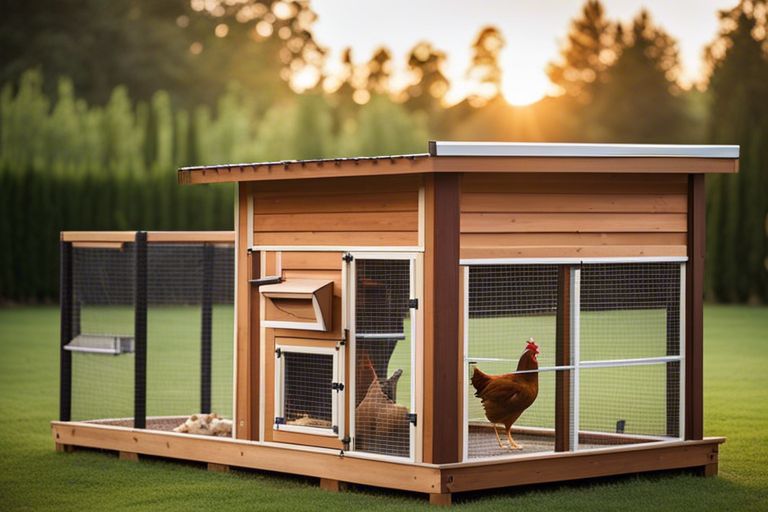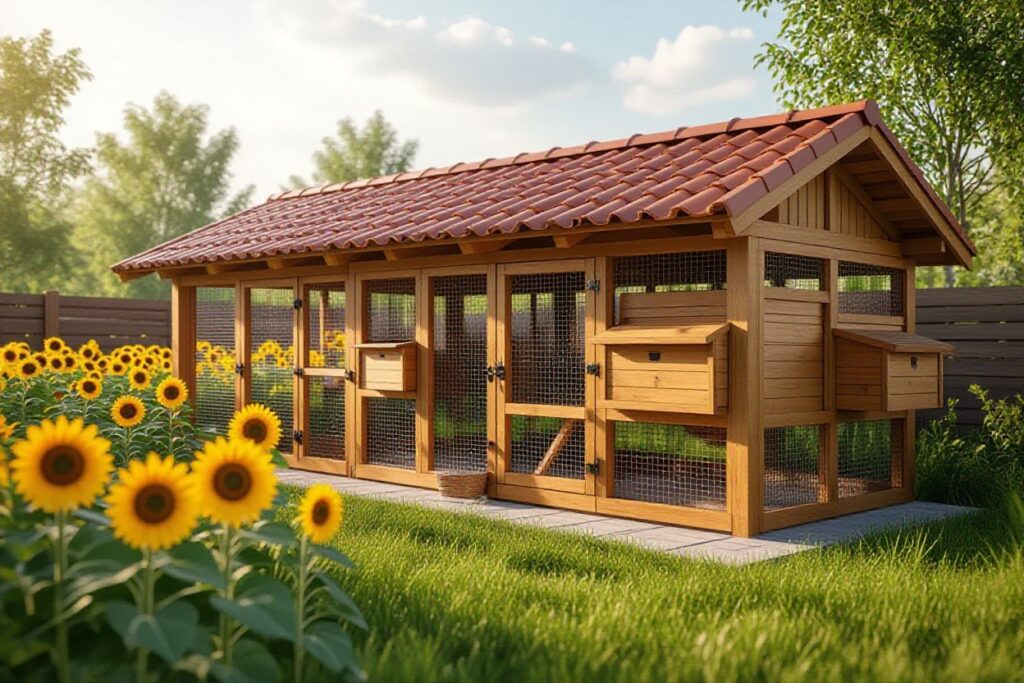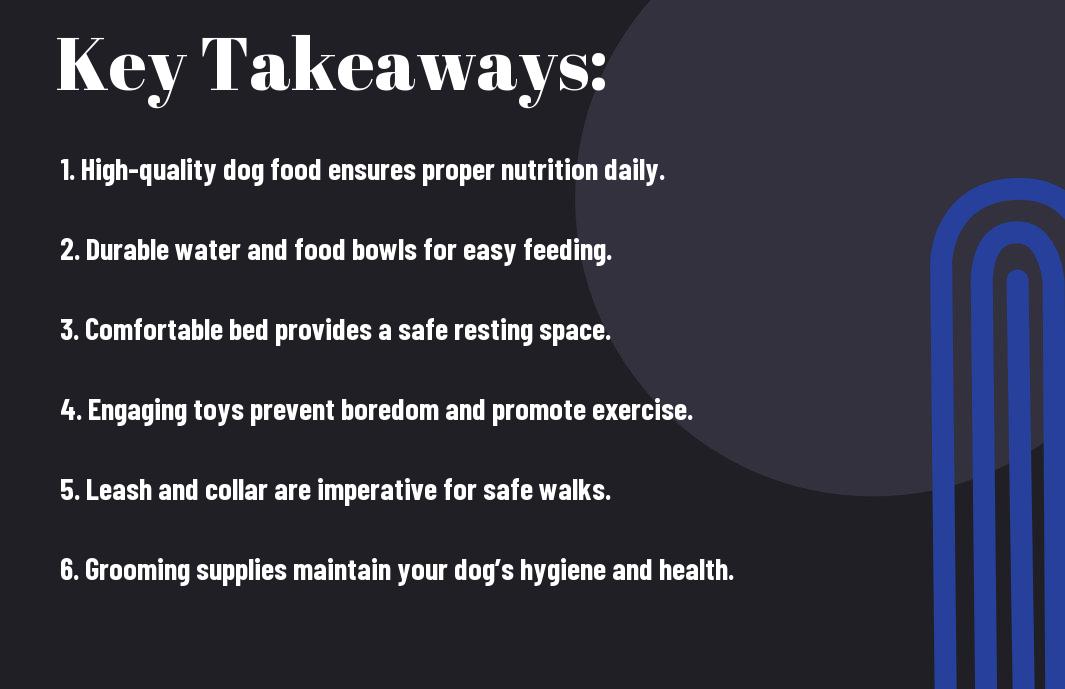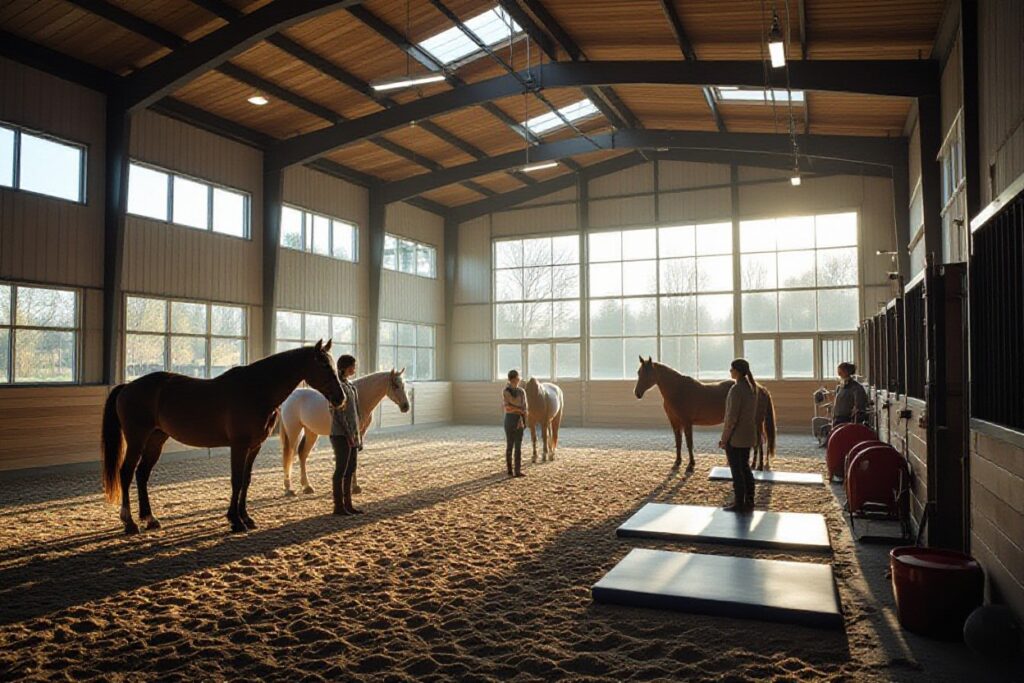It’s undeniable that building a chicken coop can be a rewarding and practical project for anyone looking to raise their own flock. From providing fresh eggs to promoting sustainability, a well-designed coop is key to the success of your feathered friends. In this guide, we’ll cover everything you need to know about planning, designing, and constructing a functional and comfortable space for your chickens. Whether you’re a seasoned homesteader or a first-time poultry keeper, this comprehensive overview will help you create a coop that meets your needs and ensures the health and happiness of your chickens. Get ready to examine the world of chicken coop construction!
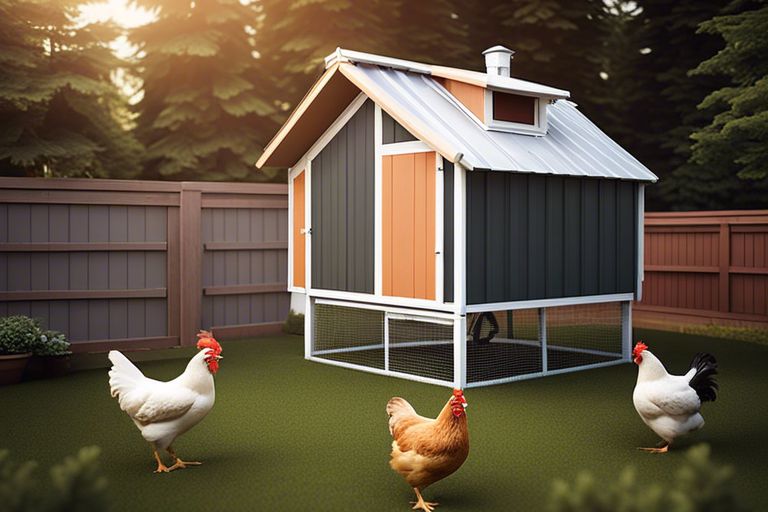
Planning Your Chicken Coop
Understanding Zoning Laws and Regulations
One of the first steps in planning your chicken coop is to understand the zoning laws and regulations in your area. Different cities and municipalities have different rules regarding keeping backyard chickens. Some areas may have restrictions on the number of chickens you can keep, coop size, or distance from property lines. It’s crucial to familiarize yourself with these regulations to avoid any legal issues down the line.
Determining Size and Location
Laws regarding chicken coop size and location vary depending on where you live. Factors such as the number of chickens you plan to keep, available space in your backyard, and proximity to neighbors all play a role in determining the size and location of your coop. Plus, you’ll need to consider factors such as sunlight, ventilation, and access to water and electricity when choosing the perfect spot for your coop.
Designing Your Chicken Coop
Basics of Coop Structure
One of the most important aspects of designing a chicken coop is ensuring its structure provides adequate space for the chickens to move around comfortably. The coop should be well-ventilated to prevent moisture build-up and allow for proper air circulation. Additionally, make sure the coop is predator-proof to keep your chickens safe.
Essential Features for Chicken Comfort and Safety
For optimal comfort and safety of your chickens, there are key features that should be incorporated into the design of the coop. This includes sufficient roosting bars for chickens to perch at night, nesting boxes for laying eggs, and easy access to food and water. Also, providing adequate insulation can help regulate temperature and keep your chickens comfortable in all seasons.
Plus, consider adding windows or vents to allow natural light into the coop and ensure proper ventilation. Adding a secure door with a locking mechanism will make it easier for you to access the coop for cleaning and maintenance while keeping predators out. These features are important for creating a healthy and happy environment for your feathered friends.
Construction Materials and Tools
Choosing Sustainable and Durable Materials
Now, when building a chicken coop, it is crucial to choose materials that are not only sustainable but also durable. Opt for materials such as pressure-treated lumber, metal roofing, and galvanized hardware cloth to ensure your coop lasts for years to come. These materials are resistant to the elements and can withstand the wear and tear of housing chickens.
Essential Tools for the Building Process
To effectively construct a chicken coop, you will need a few vital tools. These include a hammer, nails, a power drill, screws, a saw, measuring tape, and a level. Having the right tools on hand will make the building process smoother and ensure your coop is sturdy and well-constructed. Don’t underestimate the importance of using the proper tools for the job.
The tools mentioned above are crucial for tasks such as cutting lumber, securing materials, and ensuring everything is level and aligned correctly during the building process. Investing in quality tools will not only make the construction of your chicken coop easier but also ensure a professional and lasting result.
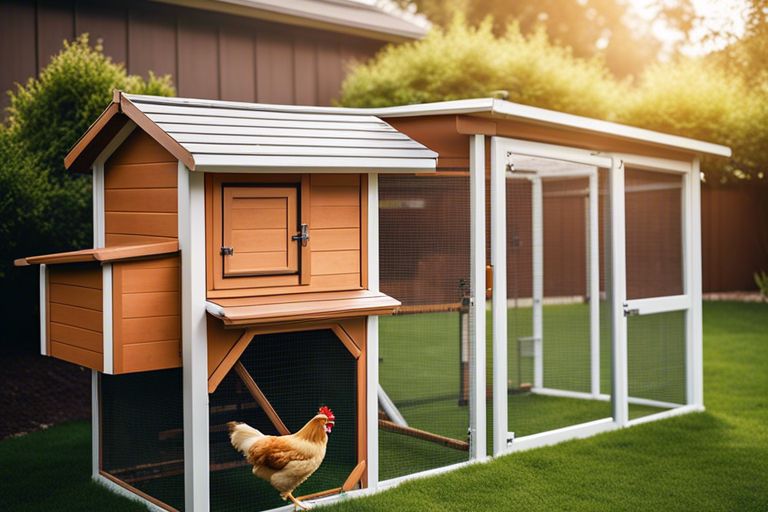
Building the Coop
Once again, we find ourselves at the exciting stage of constructing a home for our feathered friends. Building a chicken coop requires careful planning and attention to detail to ensure a safe and comfortable environment for your chickens.
Step-by-Step Construction Guide
| Coop Materials | Tools Needed |
| Wood, Nails, Chicken Wire, Roofing Material | Hammer, Saw, Drill, Staple Gun |
Tips for Predator Proofing and Weather Considerations
On top of providing a secure shelter for your chickens, predator proofing is imperative to keep your flock safe from unwanted visitors. Consider burying wire mesh around the perimeter of the coop to prevent digging predators like foxes and raccoons from gaining access. Additionally, weatherproofing the coop with proper insulation and ventilation will ensure that your chickens stay warm in winter and cool in summer.
- Install a predator-proof latch on the coop door
- Trim any tree branches that could provide access to the coop
- Regularly check the coop for any signs of wear or damage
This attention to detail will help safeguard your chickens from potential threats and create a comfortable living environment for them.
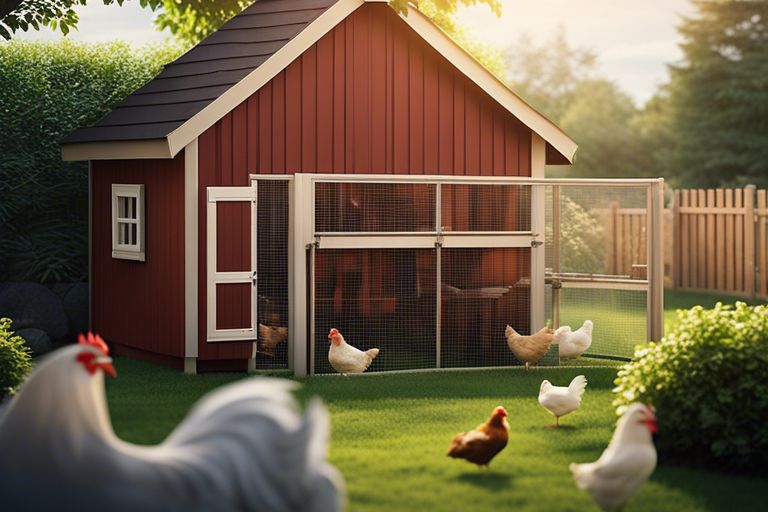
Maintenance and Upkeep
Cleaning and Sanitization Practices
To ensure the health and well-being of your chickens, regular cleaning and sanitization of your coop are crucial. Start by removing soiled bedding and droppings daily to prevent the build-up of bacteria and odors. Use a mild detergent or specially formulated coop cleaner to scrub surfaces, nest boxes, and perches regularly. Make sure to rinse thoroughly and allow the coop to dry completely before adding fresh bedding. Regularly disinfecting the coop with a poultry-safe disinfectant can help prevent the spread of diseases among your flock.
Long-term Coop Maintenance Tips
To extend the life of your chicken coop and keep your feathered friends healthy, it’s important to stay on top of long-term maintenance tasks. Inspect the structure regularly for any signs of wear and tear, such as loose or rotting wood, damaged roofing, or rusting hardware. Replace or repair any damaged parts promptly to prevent further deterioration. Ensure proper ventilation and drainage to prevent moisture buildup, which can lead to mold and respiratory issues in chickens. Any repairs or upgrades should be done during milder weather when your chickens can comfortably stay outside of the coop.
- Regularly inspect for wear and tear
- Ensure proper ventilation and drainage
- Repair and replace damaged parts promptly
Tips: By staying proactive with regular cleaning and maintenance, you can create a healthy and safe environment for your chickens to thrive in. Note, a well-maintained coop not only ensures the health of your flock but also prolongs the lifespan of your coop investment.
Conclusion
The process of building a chicken coop is crucial for the well-being and safety of your chickens. Proper planning, design, and construction are crucial aspects to consider when commenceing on this project. By understanding the key components, materials, and guidelines outlined in this guide, you can create a functional and comfortable space for your flock. Remember to prioritize ventilation, insulation, predator protection, and ample space to ensure a healthy environment for your chickens. With careful consideration and attention to detail, you can successfully build a chicken coop that meets all the necessary requirements for your feathered friends.
FAQ
Q: Why is it important to have a chicken coop?
A: Having a chicken coop is important for providing a safe and secure environment for your chickens to lay eggs, roost, and stay protected from predators.
Q: What are the key considerations when building a chicken coop?
A: Key considerations when building a chicken coop include size, ventilation, predator protection, nesting boxes, roosting bars, and easy cleaning access.
Q: What materials are best for building a chicken coop?
A: The best materials for building a chicken coop are sturdy wood such as cedar or redwood, hardware cloth for windows and vents, and metal roofing for durability.
Q: How much space do chickens need in a coop?
A: Chickens need a minimum of 2-3 square feet of space per bird inside the coop, and 8-10 square feet of space per bird in an outdoor run.
Q: How do I ensure proper ventilation in a chicken coop?
A: Proper ventilation in a chicken coop can be ensured by installing windows with hardware cloth for airflow, and vents near the roof to allow hot air to escape.
Q: What should I include in a chicken coop for nesting and roosting?
A: A chicken coop should include nesting boxes filled with hay or straw for egg-laying, and roosting bars at different heights for chickens to perch on at night.
Q: How do I protect chickens from predators when building a coop?
A: To protect chickens from predators, use hardware cloth for windows and vents, bury wire mesh around the perimeter to prevent digging, and lock the coop securely at night.
